The idea of New York indie auteur Jim Jarmusch tackling a zombie movie in The Dead Don’t Die may be almost as exciting as when he explored vampires in Only Lovers Left Alive, except that when it comes to zombies, there are far more iconic movies for comparison – mostly the ones by George Romero.
The premise of the movie is simple, taking place in a small town called Centerville where the town sheriff Cliff (Bill Murray) and his deputy Ronnie (Adam Driver) notice strange occurrences at the local cemetery while investigating allegations by one Farmer Miller (Steve Buscemi) that the local Hermit Bob (Tom Waits) has been stealing his chickens. As soon as these occurrences begin, two of the people who work at the local diner turn up dead, Centerville’s first murders in years.
The body of a Chardonnay-loving local (played by the wonderful Carol Kane) has been sitting at the police station waiting for the town’s new morgue attendant Zelda Winston, played quite amusingly by Tilda Swinton. Before she arrives, that body has come to life as well.
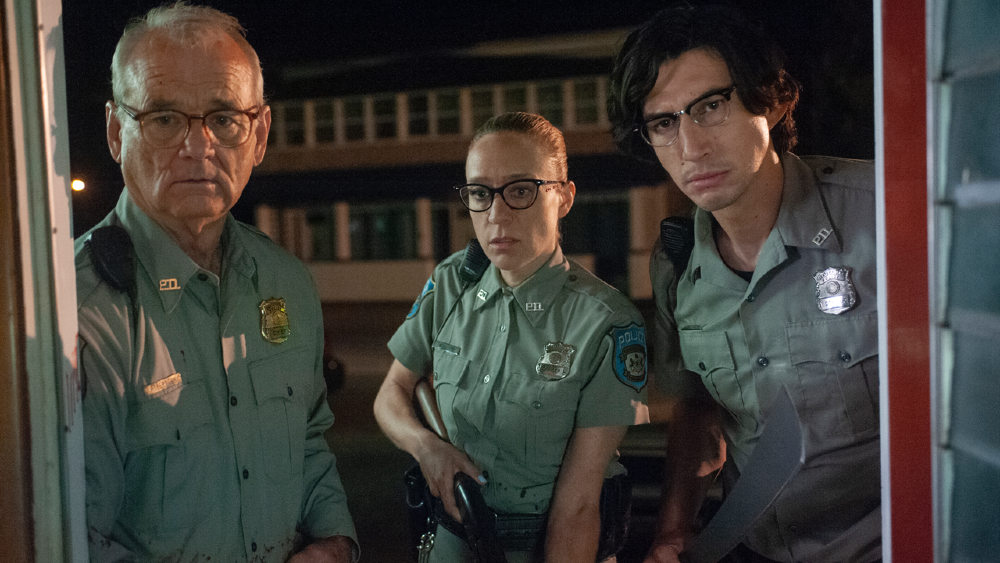
Arriving in town just in time for the madness are a trio of teens, including Selena Gomez’s Zoe, who immediately hole up in the local motel, run by indie horror icon Larry Fessenden. Caleb Landry Jones plays a local comic shop owner who seems to have a handle on what’s causing the deaths in town, while Chloe Sevigny plays the other police officer at the station who seems to have a thing for Ronnie, but sadly, she’s the least-developed character.
Probably one of the many joys of being a Jarmusch fan is seeing him bring back many of his former collaborators in varying-sized roles, even having Iggy Pop and Sara Driver – reuniting with Jarmusch after 30 years! – in amusing zombie roles. Danny Glover also plays another local while Rosie Perez makes a few appearance as a newscaster on television (whimsically named “Posie Jurarez”) reporting on similar weird events in the rest of the county. Sadly, Buscemi only has a few scenes but his racist character gets his due.
In some ways, The Dead Don’t Die is a zombie movie akin to something one might read in Archie Comics’ recent horror comics, where it isn’t too dark and kept fairly light due to the wonderful repartee between Murray and Driver. Also, the lurching and staggering zombies tend to repeatedly say their hearts desire, so if the person liked coffee while alive, the zombie moans, “Coffeee…. Coffee.” It’s something that’s regularly used in amusing ways.
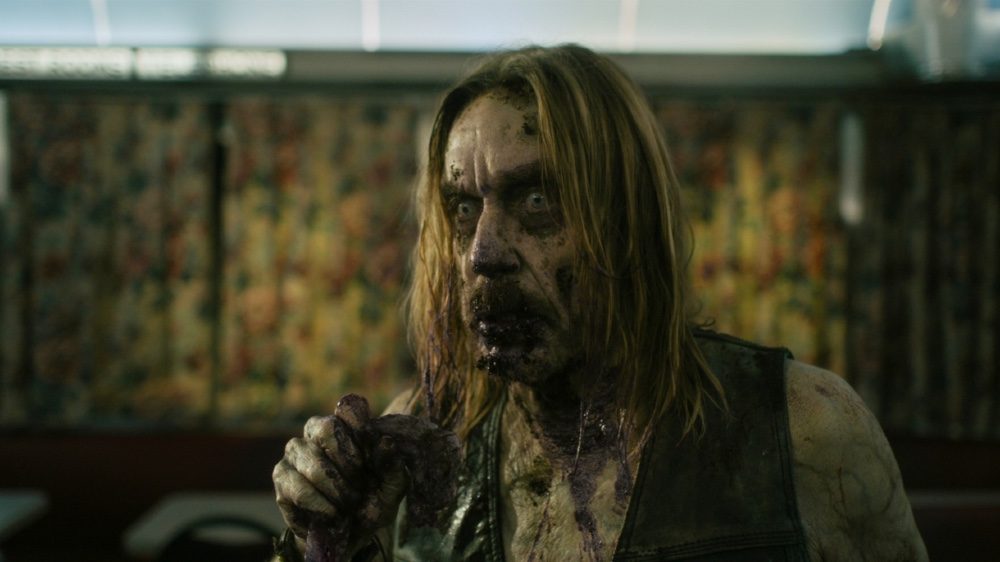
From her exaggerated Scottish accent to her zen philosophy on life with accompanying proclivity for samurai values, Swinton’s character ends up being another one on par with the ones she played in Bong Joon-ho’s Okja and Snowpiercer. “Zelda Winston” is certainly one of the film’s more memorable characters, maybe because she doesn’t fall into any of the usual small town archetypes we might see in one of these movies. Otherwise, the performances are erratic with some clearly better than others.
Instead of blood splatter and guts when the zombies are stabbed or beheaded, the zombies release a black mist that’s as artsy as one might expect within a Jarmusch film. This is especially the case when Tilda Swinton’s character uses her samurai sword to slice through them. (Not that The Dead Don’t Die skimps on the gore. In one scene, Jarmusch’s camera repeatedly cuts between the first dead bodies found in the diner to the shocked witnesses in a way that warrants a decent laugh.)
Where The Dead Don’t Die really excels is when characters literally break the fourth wall in a self-reverential way. The movie’s theme song “The Dead Don’t Die” by country singer Sturgill plays over the opening credits. A few minutes later, it’s playing on the radio, allowing the characters played by Driver and Murray to have a discussion about it. Later on, Cliff and Ronnie begin discussing the “script” in a clever and witty scene that might be one of my favorite Jarmusch interactions in years.
The score by Jarmusch’s band Sqürl is highly reverential to the synth-based scores in Romero and Carpenter’s films, and in some ways, that’s the one part of the film that works explicitly better than most other aspects. Despite the quirks, the influence of Romero’s Night of the Living Dead is so pervasive, you almost wish Jarmusch just went ahead and shot the film in black and white.
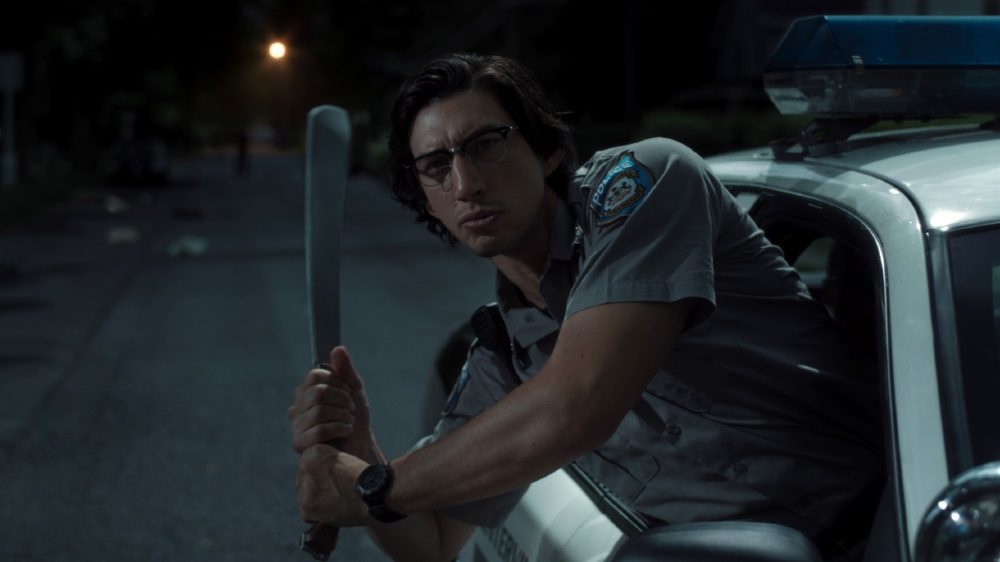
That’s the thing about Jarmusch, and it has always been: it’s more about the characters and their interactions than the actual plot, which in this case isn’t that groundbreaking. If you’re coming into Dead Don’t Die with certain expectations from watching typical zombie movies or even The Walking Dead, you’re bound to be disappointed. (One thing that makes The Dead Don’t Die somewhat less aggravating than other zombie iterations is that Jarmusch at least makes an attempt to explain how the dead are being brought to life.)
The movie builds to a fairly climactic stand-off between our heroes and the army of zombies now inhabiting Centreville, and things continue to get weirder and weirder, especially pertaining to Swinton’s ass-kicking zombie-killing character.
Despite the positives, I wanted to like Jim Jarmusch’s zombie movie more than I did, since it’s resplendent with the type of witty, quirky humor we’ve come to expect from his work. That said, it’s slow at times and lacks much of the angst and terror one normally associates with zombies. In that sense, it’s a perfectly fine Jarmusch film but not a great zombie movie, and the viewer’s mileage may vary depending on which one they would prefer.
Rating: 7/10


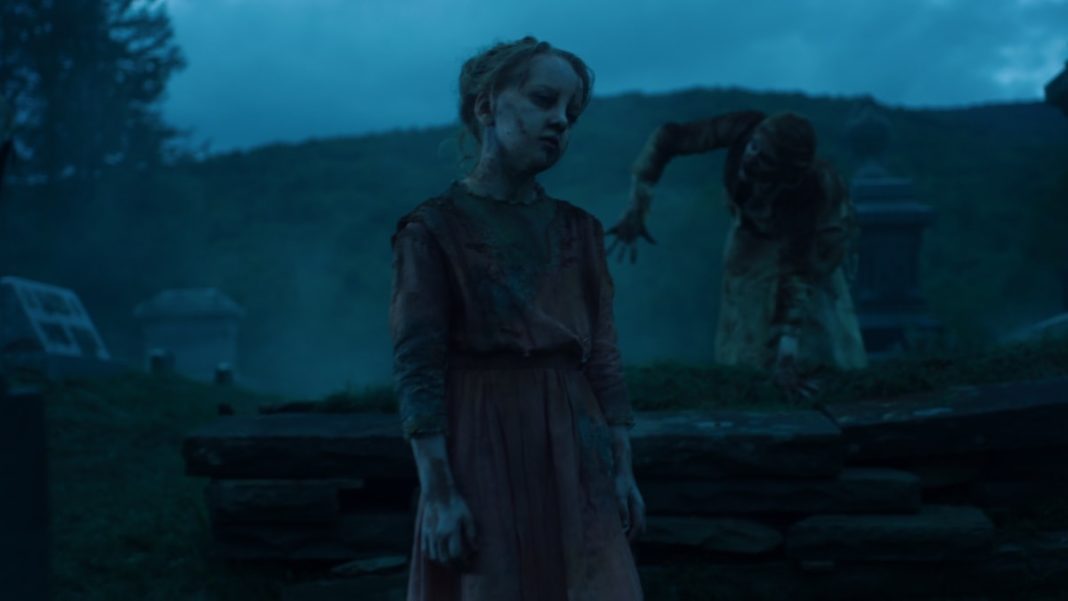
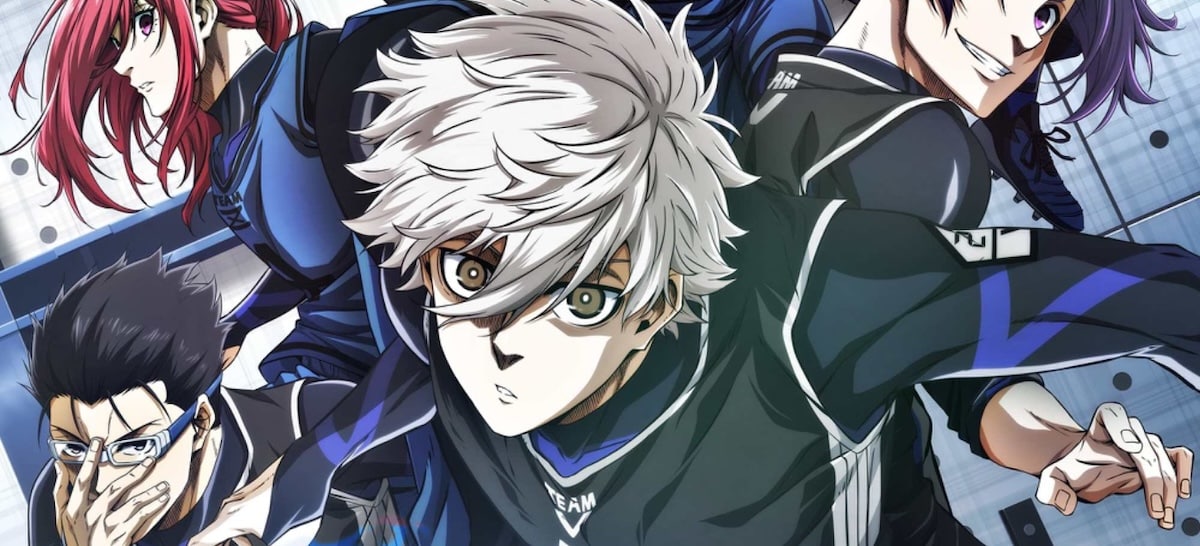
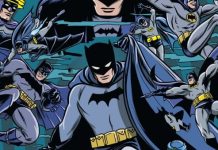



Thanks — this review provided me with just the guidance I was seeking. Since I’m a big Jarmusch fan, but lukewarm on zombie movies, this sounds like the perfect weekend movie for me!
Comments are closed.